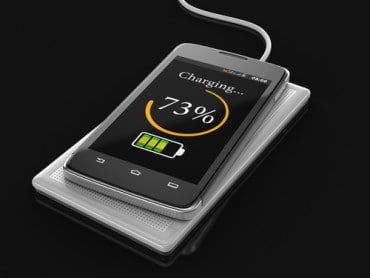
Manufacturing, healthcare, transportation, environmental monitoring, and gaming are poised for growth using 5G and edge.
Will edge and 5G pull the economy into a post-Covid boom? There’s no question that the Covid-19 crisis of the past year has accelerated the push to digital, and with it, an increasing appreciation for the potential of edge and 5G computing. Across industries, the need to accelerate digital transformation is greater, strengthening the case for edge and 5G. In short, 5G and edge computing technologies may be the key to global economic recovery.
That’s the word from analysis out of KPMG, built on research in conjunction with IDC.
The research identified five industries poised to see growth with the combination of 5G and edge computing – manufacturing, healthcare, transportation, environmental monitoring, and gaming. The KPMG-IDC analysts estimate the market size for just these five leading markets at more than $500 billion within the next two years.
The KPMG-IDC team identified the types of edge and 5G opportunities arising from these five key sectors:
Watch Now: Dell Technologies Edge Solutions (Video)Manufacturing: Edge and 5G are expected to create an incremental 51% addressable market in manufacturing, growing from $136 billion to $206 billion by 2023, the KPMG-IDC report states. “The world is moving towards highly autonomous factories, where sensors analyze data from every corner and AI continuously adjusts production to meet demand,” the report’s authors, led by Alex Holt, global head of telecoms and media for KPMG, state. There’s a “Covid-19 effect” that shaped manufacturing edge initiatives. “Many factories may have been forced to close during the pandemic, but the benefits of 5G and edge computing to the manufacturing environment are so compelling that it could hold the key to accelerate recovery for manufacturers. By accelerating digitization, manufacturers can reduce costs and improve the speed and quality of products. Those able to make the upgrade are likely to leave the rest of their peers behind as markets recover.”
Healthcare: Edge and 5G is expected to create an incremental 66% addressable market in the healthcare market, growing from $27 billion to $45 billion by 2023, the report states. “Healthcare is arguably the biggest beneficiary of better data and AI over any other sector. Whether in the hospital or out in the community, patients can be monitored constantly via sensors that collect and analyze health information and alert physicians and caregivers. Devices may include glucometers, blood pressure cuffs, heart monitors, oximeters, and other wearables. The hospital of the future can also track the location and performance of its high-value medical equipment.”
Transportation: Edge and 5G is expected to create an incremental 100% addressable market in the intelligent transportation market from $12 billion to $24 billion by 2023, Holt and his co-authors state. “There’s a lot of buzz around the potential for smart cities. Data from sensors can tell transit operators and passengers about performance and problems as well as keep passengers up-to-speed on schedule times and delays. Out on the streets, traffic management is made easier with real-time updates of hotspots, roadwork, and accidents, which in turn informs travelers and their navigation systems. Parking also becomes less of a hassle with instant identification of free spaces.”
Environmental monitoring: Edge and 5G is expected to create an incremental 78% addressable market in government environmental monitoring from $2.8 billion to $5 billion by 2023, the KPMG-IDC team reports. “Environmental and healthcare agencies, as well as local authorities, need to access and analyze complex data from multiple sources in order to make informed decisions like diverting traffic, limiting access to geographical areas, or acting against harmful substances. Increasingly, the world will rely on monitoring and detection to keep citizens, organizations, and supply chains safe and secure, as well as help, minimize interruptions to daily life.”
Gaming: Edge and 5G is expected to create an incremental 30% addressable market in gaming from $180 billion to $236 billion by 2023, Holt and his co-authors predict. “The emergence of AR/VR is creating incredibly vivid and realistic experiences that require world-class connectivity to function at the highest level. Gamers require ultrafast connectivity and very low latency to support advanced graphics and content streamed to multiple players simultaneously. 5G and edge computing will literally take gamers into a new reality, and it’s one that has all those in the ecosystem excited.”







